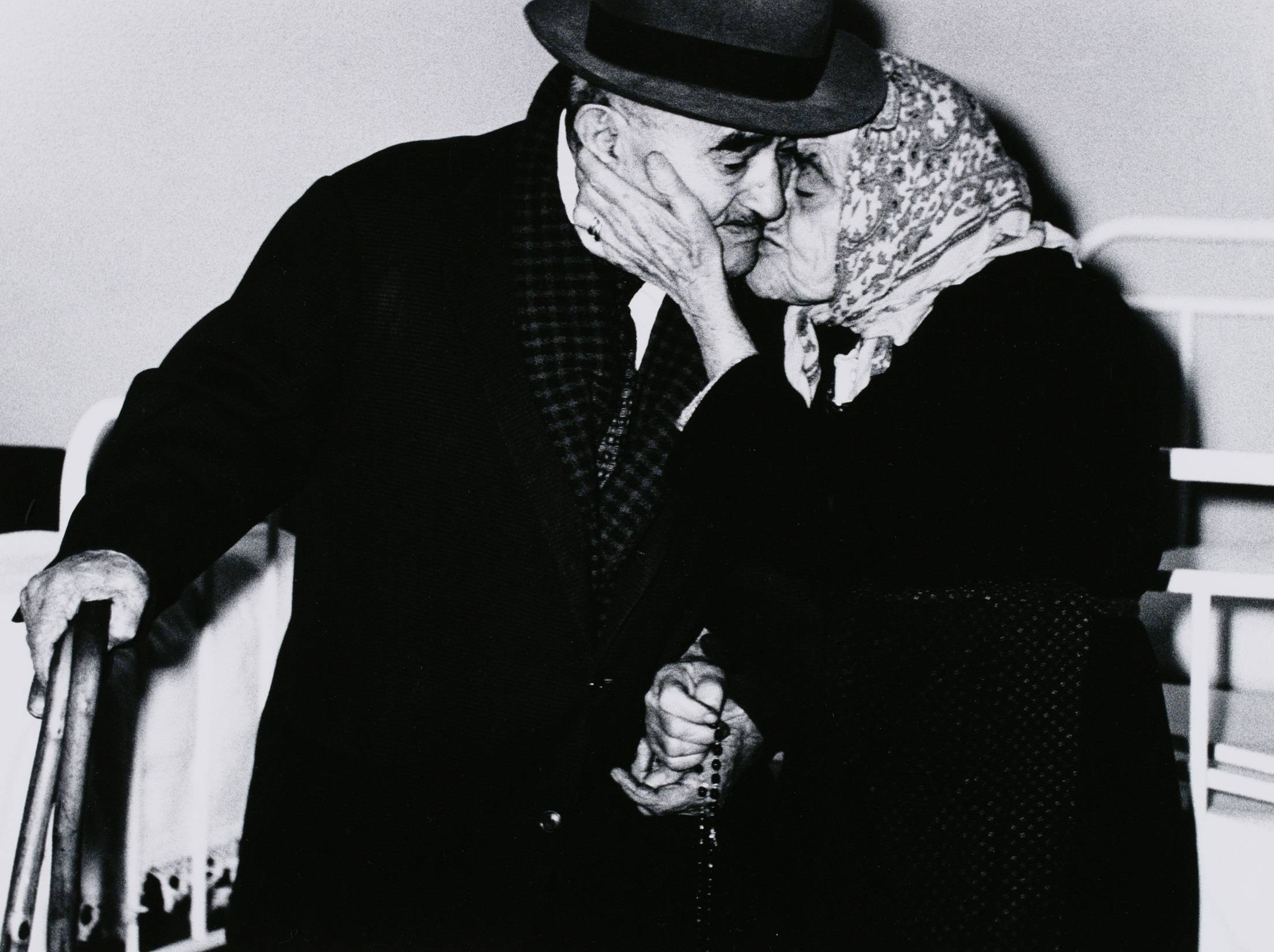With the Bon holidays, a period during which Buddhists believe dead ancestors return to commune with the living, just behind us, an exhibition at the Tokyo Photographic Art (TOP) Museum in Meguro Ward explores the photograph as a reminder of the inevitability of death. Drawing from its extensive archive, the museum brings considerable resources to bear in examining the often-discussed relationship between mortality and the photographic image.
In the 1977 essay “In Plato’s Cave,” Susan Sontag suggests that “all photographs are memento mori. To take a photograph is to participate in another person’s (or thing’s) mortality, vulnerability, mutability. Precisely by slicing out this moment and freezing it.” Roland Barthes, while circling around the significance of a treasured picture of his late mother in his 1980 book “Camera Lucida,” described a central function of photography as showing “that-has-been.”
In the TOP exhibition, which runs through Sept. 25, these concepts are first displayed to viewers with a selection of proofs from Hans Holbein the Younger’s woodcut print series “Dance of Death,” in which various scenes depict the grim reaper going about his business. The prints are half the size of a postcard but, in the tradition of Gothic art, crammed with anecdotal details, sometimes used with comic effect. Holbein shows people from various walks of life being taken to the afterlife, but it is the higher-ups in the feudal hierarchy — those who have the most to lose — that are generally depicted as having the least dignity in their final moments. This also extends to ridiculing the pious; that is to say, the people who might be assumed to be headed straight to heaven, from the pope to the mendicant monk.


















With your current subscription plan you can comment on stories. However, before writing your first comment, please create a display name in the Profile section of your subscriber account page.